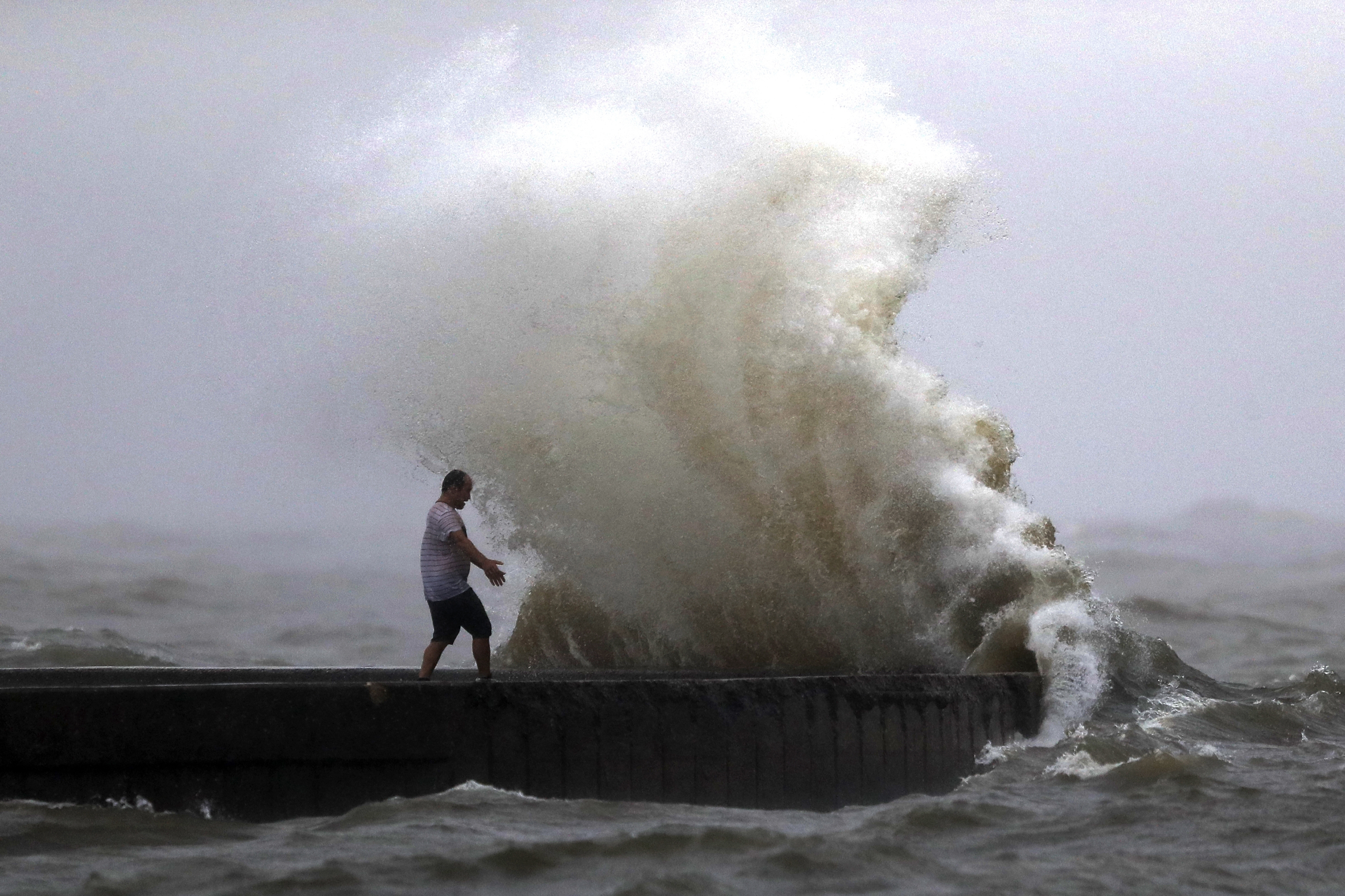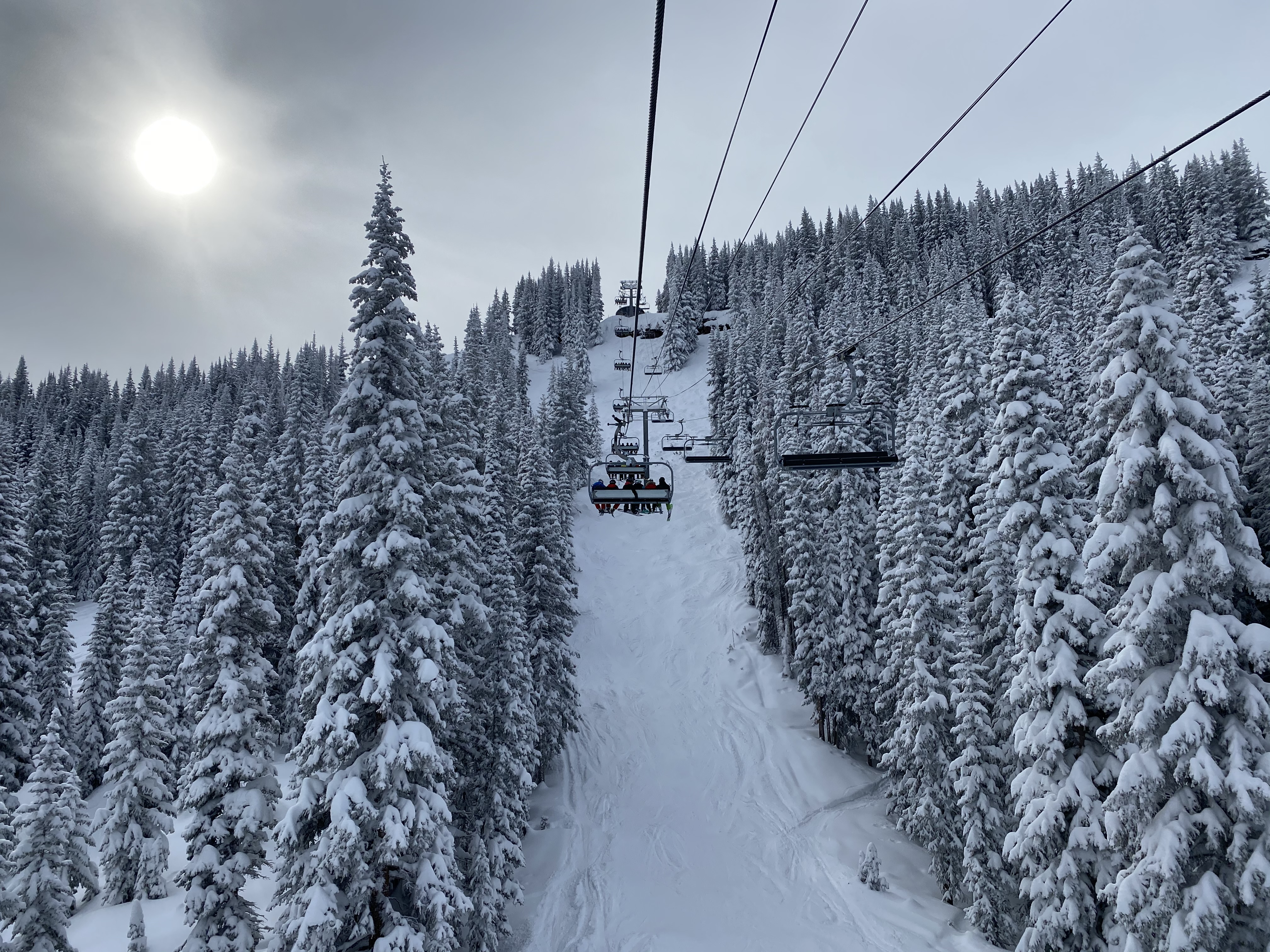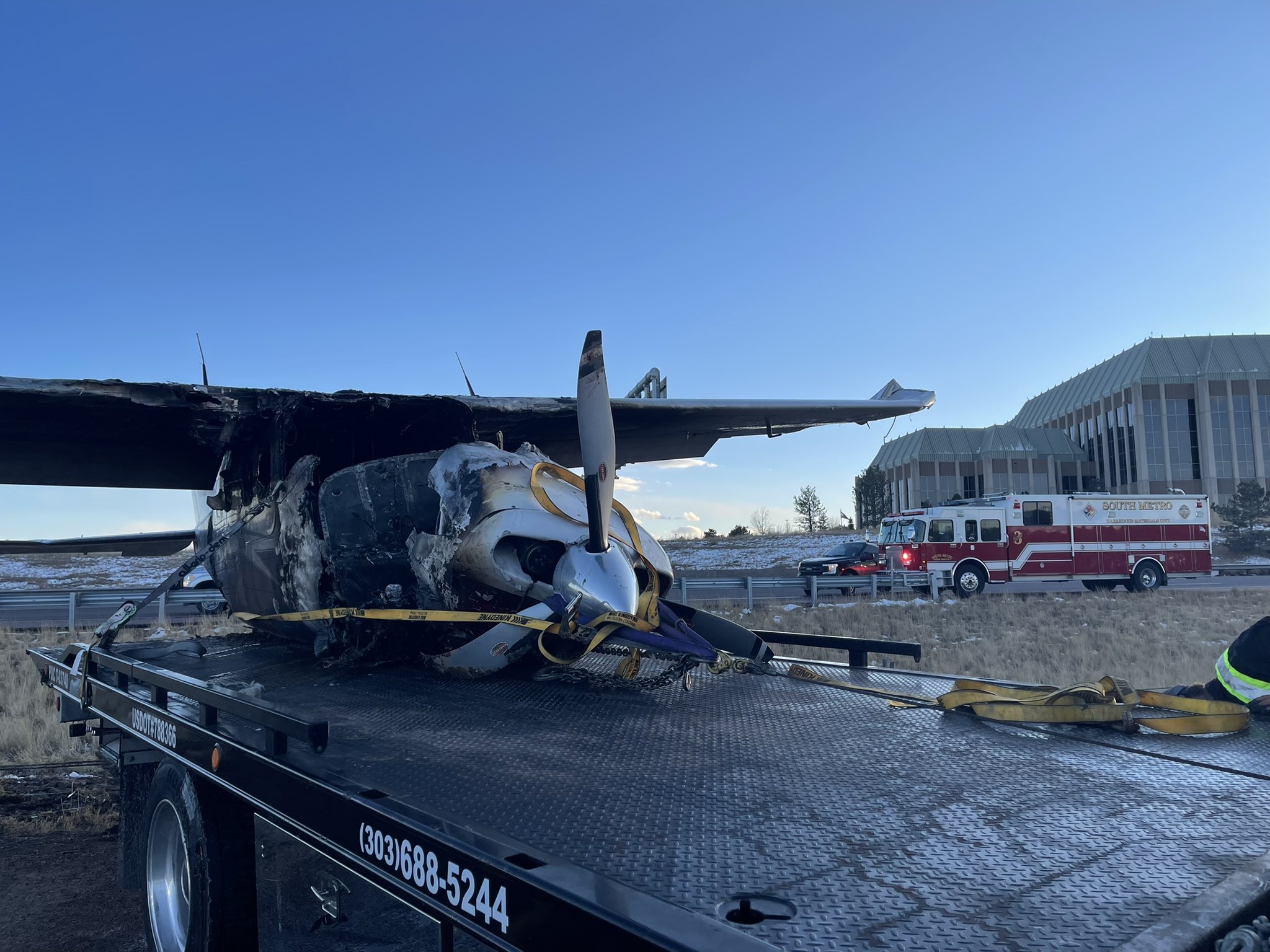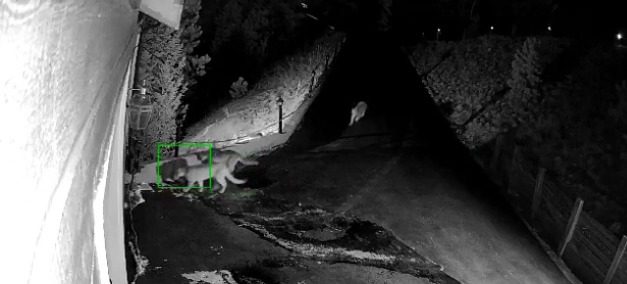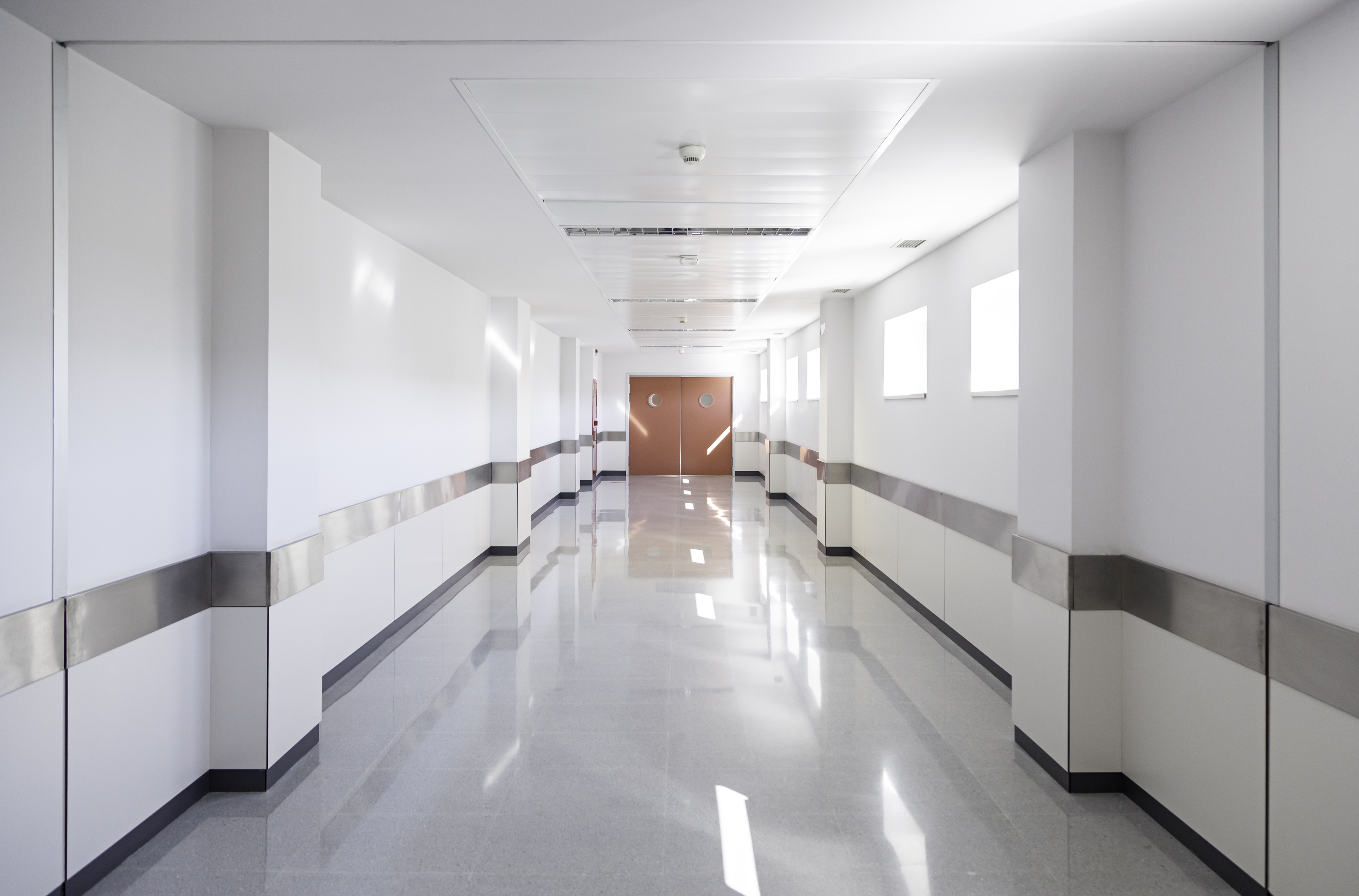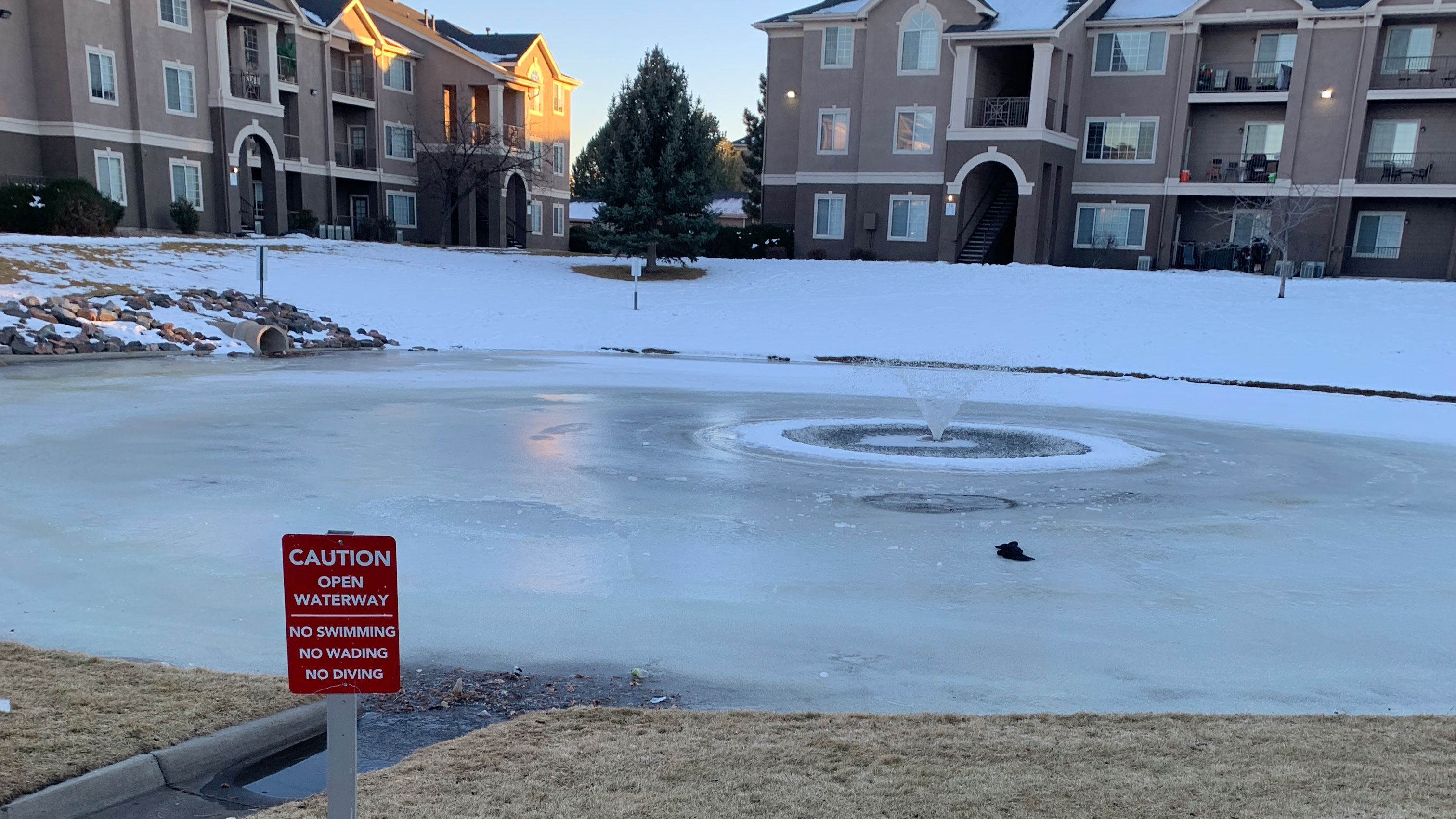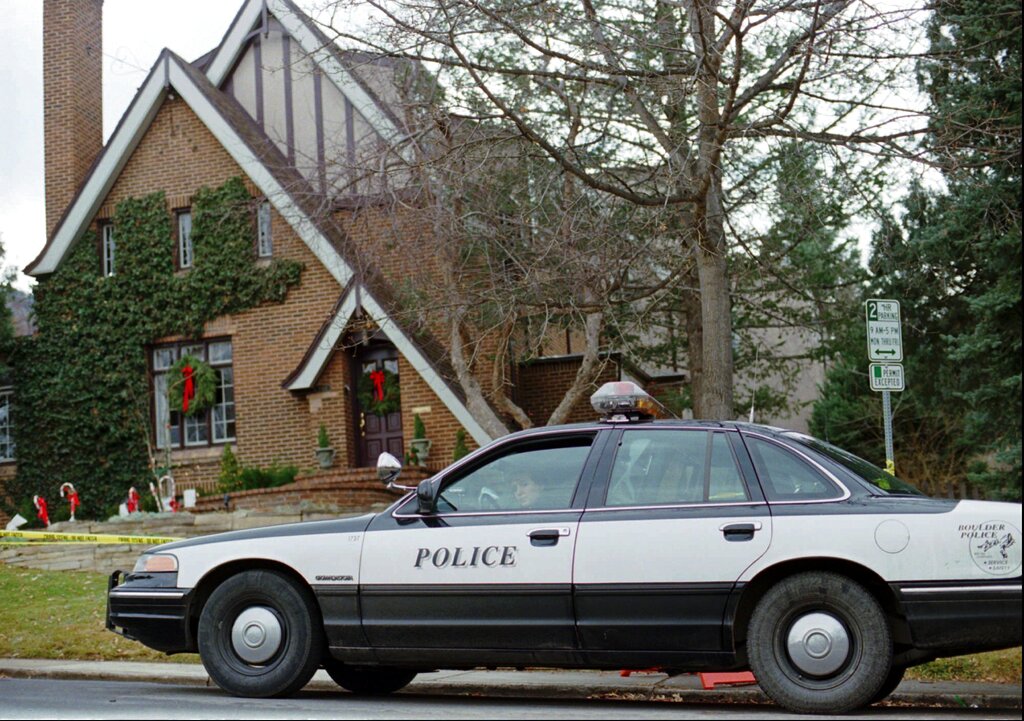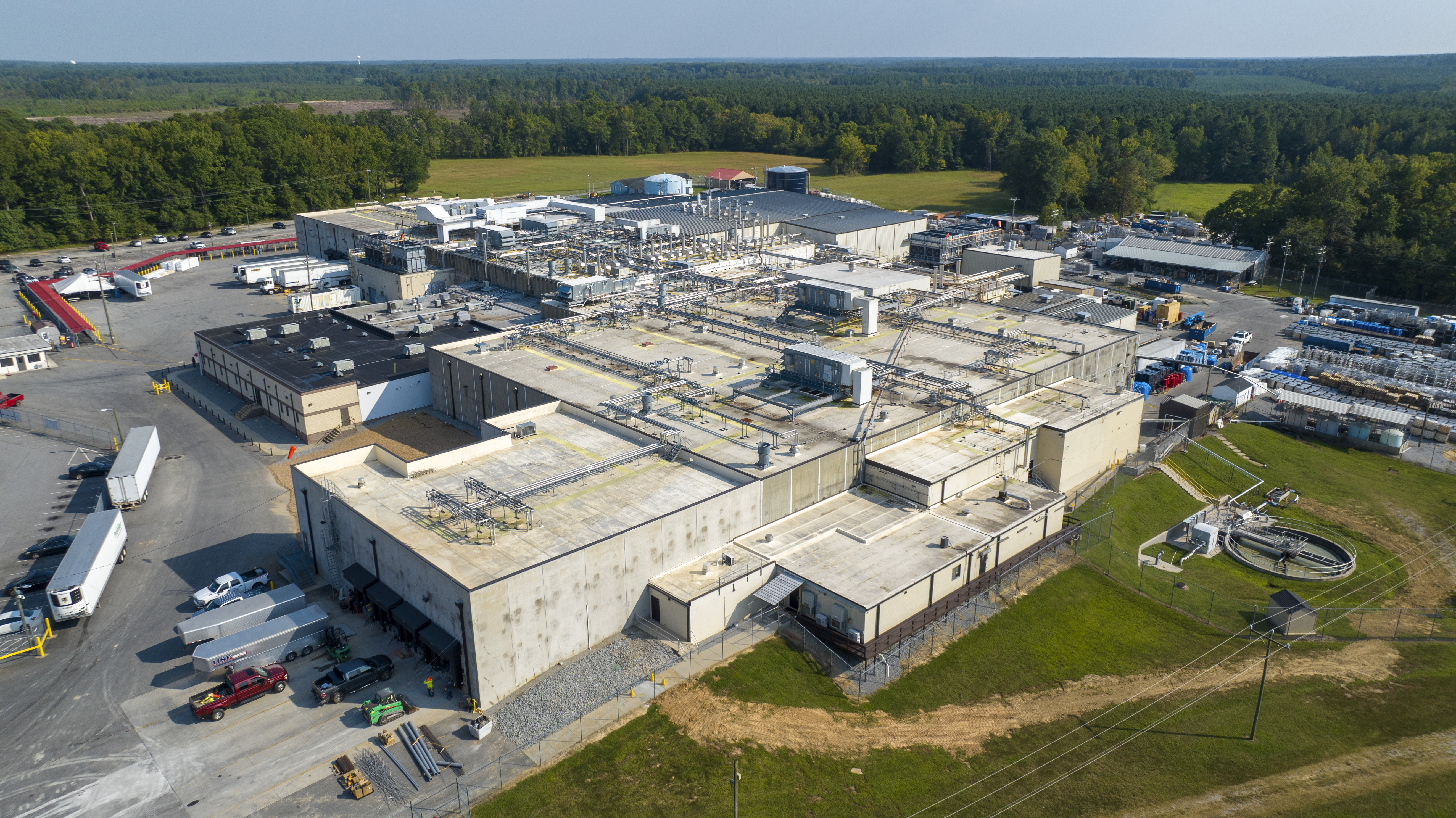HAMPTON, Va. (WAVY) — My parents’ 19-inch RCA portable television splashed monochromatic images against a darkened living room, as we joined 600 million others around the world in watching Neil Armstrong’s first steps that became that “giant leap for mankind.”
America had conquered the moon, and NASA Langley in Hampton owned a piece of that legacy.
Our mission began on July 16, 1969, when a Saturn V rocket 36 stories high, carrying fuel the weight of 400 elephants, and three astronauts on top of it all, would put our nation on top of the world.
It took some 4,000 men and women nearly nine years to answer President John Kennedy’s call to beat the Soviet Union in a race out of this world.
One them was Charles “Bud” Southall, who leads tours at the Virginia Air and Space Center. But in the 1960s, Southall was an electrical engineer who helped develop the craft that let astronauts Neil Armstrong and Buzz Aldrin practice those moon landings at Langley.
“We were going to the moon. We were part of the team doing it. And it was just the neatest thing in the world. “
During our visit, I overheard Southall talking to a young student about the highly acclaimed 2016 film that followed Katherine Johnson and other female African-American mathematicians from their days at Langley.
“Hidden Figures? right. Well, our computer worked with Katherine Johnson.”
Margot Lee Shetterly wrote the book, and her father Robert Lee was a research scientist at NASA Langley for 40 years.
“Oh man, the atmosphere was great! I was a celebrity. Anybody worked for NASA, you were a hero,” he recalled.
Landing on the moon was one thing, but getting Armstrong, Aldrin and Michael Collins home? That’s where a young aerospace engineer came in.
Dr. Sheila Thibeault helped calculate figures on how the astronauts would leave the moon in their lunar spacecraft and join the orbiting command module. She humbly acknowledges that she was part of a great team with a common goal.
“I worked on the rendezvous docking simulator. They had to find each other. They had to rendezvous. They had to dock. They had to latch together.”
The process developed at Langley was a hard sell to others at NASA.
“It was very controversial because it was dangerous, they thought. Because if this did not work, we could lose two astronauts.”
But Armstrong, Aldrin and Collins returned to a world that couldn’t get enough of their “giant leap for mankind.”
Southall’s eyes well up when recalling that moment during a very divided time in our nation’s history.
“We pulled together a team and worked for a common goal, and for one second, the entire world became one. It was a great achievement.”
The building where the Apollo 11 astronauts practiced those docking maneuvers is now a historic landmark. But Langley’s work in space is not confined to the past, because NASA has announced plans to land on the moon with the first woman and the next man by 2024, and the people at NASA Langley are working now to make it happen.
